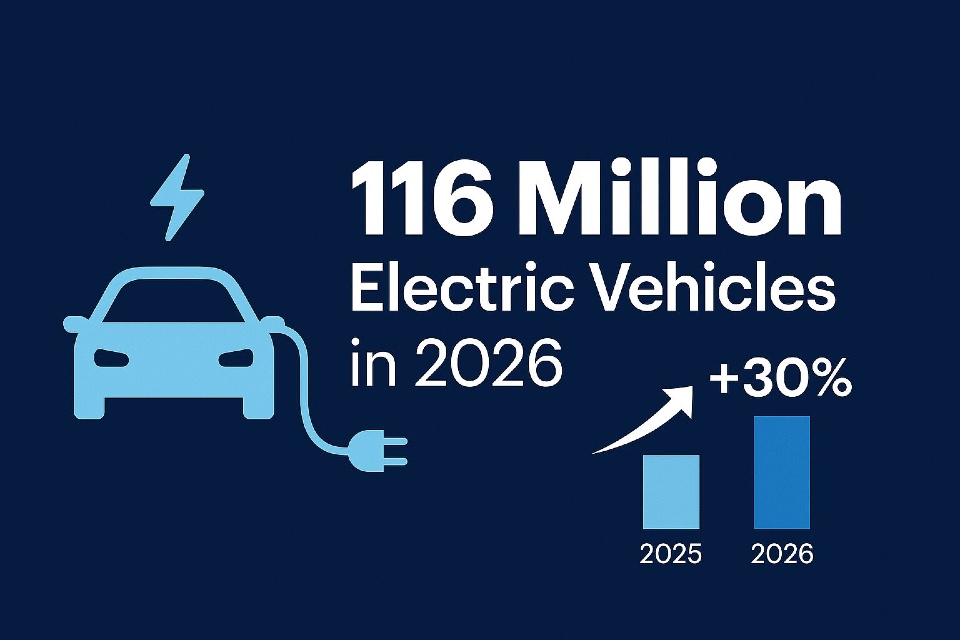As hybrid working, decentralised operations, and sustainability pressures reshape UK transport strategies, one area of fleet management has re-emerged under the compliance spotlight: the grey fleet. Defined as employees’ own vehicles used for business journeys, grey fleet use often flies under the radar. Yet, it carries the same duty of care obligations as any company-owned vehicle. Proactive employers are tightening governance frameworks to reduce legal risk, protect drivers, and maintain operational integrity…
The Hidden Risks of the Grey Fleet
For many organisations, the grey fleet represents a significant, but often unmanaged, portion of business mileage. It’s common in local authorities, NHS trusts, education providers, and SMEs, where staff use their personal cars for site visits, meetings, and deliveries.
However, without formal oversight, these vehicles can easily fall outside compliance boundaries. Missing MOTs, lapsed insurance, poor maintenance, or inadequate driver vetting can expose employers to serious legal and financial penalties under health and safety law, corporate manslaughter legislation, and HMRC regulations.
The key issue? Lack of visibility. Many businesses still rely on manual declarations or outdated spreadsheets, creating gaps in recordkeeping and governance.
Tightening the Compliance Framework
To close these gaps, fleet and HR leaders are investing in digital workforce mobility and compliance platforms. These tools automate driver licence checks, insurance validation, and vehicle condition reporting, ensuring all grey fleet vehicles meet company and legal standards.
Platforms can also flag expired documentation, track mileage for HMRC-approved reimbursement rates, and centralise audit trails, providing robust evidence in the event of an incident or inspection.
Employers are also implementing mandatory driver policies that define acceptable vehicle age, emissions standards, and maintenance schedules. Combined with quarterly condition reporting and safety briefings, this approach reinforces accountability and mitigates risk.
Safety and Culture Go Hand in Hand
Beyond compliance, effective grey fleet management requires a culture of safety and responsibility. Training drivers on fatigue, road risk, and vehicle upkeep is vital. Encouraging the use of public transport or shared mobility alternatives where practical also supports sustainability and cost reduction goals.
Some organisations are now incentivising employees to switch from grey fleet travel to electric pool vehicles or car clubs, aligning duty of care with ESG commitments.
Driving Confidence Through Governance
Regulators and insurers alike expect employers to demonstrate clear control over every vehicle used for business. By combining technology, policy, and proactive communication, organisations can turn grey fleet governance from a liability into a competitive advantage, protecting people, reputation, and compliance records alike.
Are you searching for Grey Fleet solutions for your organisation? The Fleet Summit can help!
Photo by Richard Goff on Unsplash







